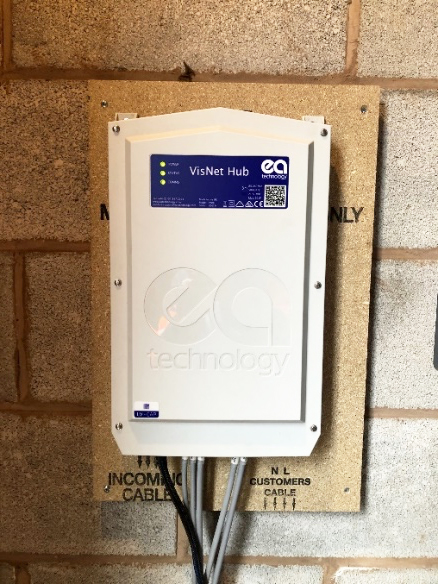- +61 7 3374 2877
- Email Us
New demands on the network from the way we heat/cool or power our homes to the cars we drive are changing the traditional power flows and role of the electricity network. Visibility and reliability of the Low Voltage (LV) network is now a key consideration for network operators. LV Monitoring is a key enabling technology for the transition to DSO and future networks.
The transformation of the energy system to support the introduction and scaling up of distributed energy resources (DERs) is putting pressure on the grid as never before. As we get ready for a future with far greater use of solar power, electric vehicles, battery storage and smart tech, we face a new reality.
The more DERs that are connected to our network, the greater the burden on the LV grid. The increased demand and use of renewable energy resources have made monitoring a priority at all levels – not just high and medium voltage. As we continue our transition to Net Zero, data, particularly that from the low voltage network, will become increasingly important.

Installation of a flexible, intelligent monitoring solution provides multiple benefits not solely confined to visibility and understanding the impact and capacity for DER.
Drilling down into the data below the substation level can bring important insights into network performance, making management much easier and improve service and safety. With the right data at hand, it is possible to make informed operational decisions, address power quality issues and reduce the losses through improved network balance.
Companies installing the VisNet® monitoring solution are using it to:
The VisNet® Hub is a substation monitor that samples voltage and current data on every LV circuit giving insight about load, faults and condition information across the network. It measures three phases, plus neutral for up to six LV circuits, busbar voltage and equipment temperature.
The VisNet Hub utilises EA Technology’s Low Voltage Common Application Platform (LV-CAP®) operating system.
LV-CAP allows a network operator to deploy a single hardware unit per substation, incorporating a tailored suite of Apps, rather than deploying multiple devices in each substation, which implement functionality in different, incompatible ways, increasing both purchase and up-stream costs.
The Platform:
This rounded solution gives network operators the opportunity to have full visibility and control of their LV network, at the most economic price point.